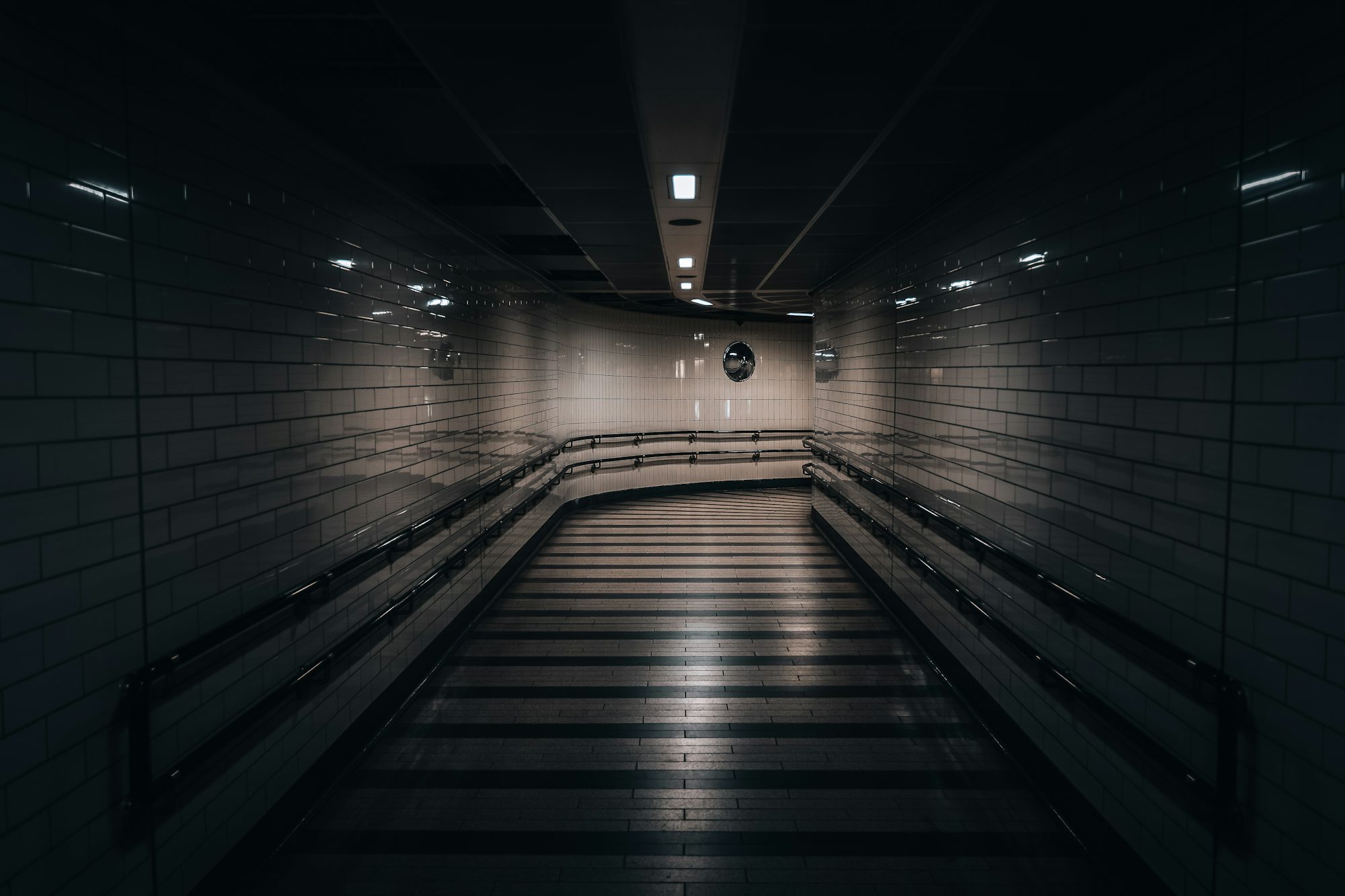Gas Station Maintenance and Repair
This article examines the evolution of cyberpunk Today's Top Opportunities and Smart Ways to Earn in the Oil Industry aesthetics, exploring Work in the oil industry how visual styles, architecture, and Oil opportunities in 2025 cultural influences shape our understanding of the genre and its impact Gas Station on modern society.
At the core of cyberpunk aesthetics is the striking imagery that has become synonymous with the genre. Neon lights flicker against the backdrop of rain-soaked streets, casting an otherworldly glow that immerses viewers in a hyper-realistic environment. This visual language evokes a sense of both wonder and unease, reflecting the duality of progress and decline. The interplay of light and shadow creates a mood that is simultaneously captivating and foreboding, inviting audiences to explore the complexities of a future where technology reigns supreme but humanity often struggles to keep pace.
The architecture found in cyberpunk narratives plays a significant role in establishing this aesthetic. Futuristic skyscrapers, often designed with sleek Oil opportunities in 2025 lines and bold shapes, symbolize human ingenuity and ambition. Yet, they also stand in stark contrast to the dilapidated neighborhoods that surround them, highlighting the social disparities that pervade cyberpunk worlds. These urban landscapes often feature a hodgepodge of architectural Work in the oil industry styles, merging elements from various cultures and time periods. This eclecticism reflects the chaotic nature of life in megacities, where cultures intersect and collide, creating a rich tapestry of human experience.
Cultural influences are integral to the evolution of cyberpunk aesthetics. The genre has been heavily shaped by the fusion of Eastern and Western elements, creating a unique blend that resonates with diverse audiences. Japanese culture, in particular, has had a profound impact on cyberpunk, contributing iconic motifs such as the neon-drenched streets of Tokyo and the integration of traditional aesthetics with futuristic technology. Films like "Blade Runner" and anime such as "Ghost in the Shell" showcase this cultural interplay, incorporating elements like kanji, street fashion, and urban landscapes that evoke a distinctly cyberpunk atmosphere.
As technology continues to advance, the aesthetic of cyberpunk evolves in tandem. The emergence of virtual reality and augmented reality has transformed the way we perceive and interact with digital environments. Cyberpunk narratives often explore the implications of these technologies, presenting worlds where characters navigate both physical Gas Station and digital realms. The blending of these spaces creates a new dimension of aesthetic exploration, where the boundaries between reality and illusion blur, challenging our understanding of perception and existence.
Moreover, the rise of digital art and design has further influenced the aesthetic evolution of cyberpunk. Artists and designers are now able to create immersive experiences that reflect the genre's themes and visual language. From intricate video game environments to stunning concept art, the digital realm has become a canvas for expressing the essence of cyberpunk aesthetics. This democratization of creativity allows for a broader range of voices and interpretations, enriching the genre and expanding its reach.
The themes of identity and self-expression are also central to the aesthetic evolution of cyberpunk. Characters often grapple with their sense of self in a world dominated by technology and corporate influence. The visual representation of identity is frequently explored through fashion, where characters sport eclectic styles that blend futuristic elements with cultural references. This aesthetic choice reflects a desire for individuality in a society that often prioritizes conformity, allowing characters to assert their identities in unique ways. The exploration of fashion within cyberpunk narratives underscores the importance of personal expression in navigating a complex and often oppressive world.
As cyberpunk aesthetics continue to evolve, they serve as a mirror reflecting contemporary society's anxieties and aspirations. The genre resonates with audiences grappling with the rapid pace of technological advancement and the societal changes that accompany it. The neon-lit landscapes and complex characters of cyberpunk offer a lens through which we can examine our own relationship with technology and its impact on our lives. The aesthetic invites viewers to question the trajectory of progress and consider the potential consequences of a future shaped by corporate power and digital connectivity.
In conclusion, the evolution of cyberpunk aesthetics is a testament to the genre's enduring relevance in contemporary culture. Through its striking visual language, architectural elements, and cultural influences, cyberpunk continues to captivate audiences and provoke thought. As technology advances and our understanding of identity shifts, the aesthetic of cyberpunk will likely evolve further, reflecting the complexities of our rapidly changing world. By examining the evolution of these aesthetics, we gain insight into the profound relationship between technology, culture, and the human experience, reminding us of the importance of creativity and imagination in shaping our visions of the future.